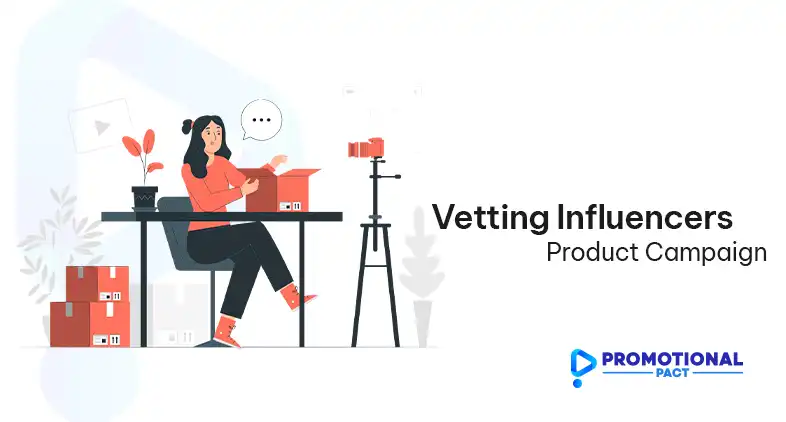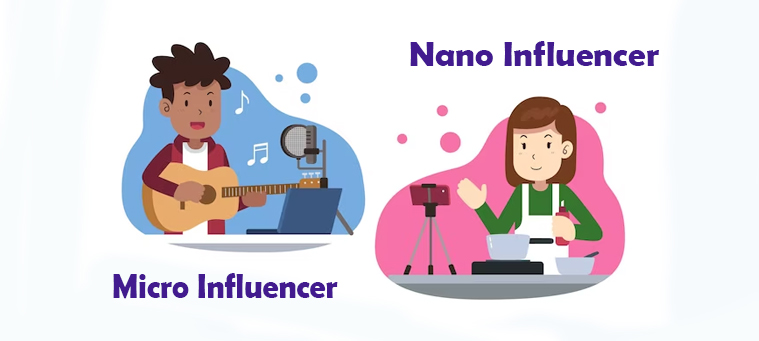Rushing into an influencer partnership without thoroughly vetting potential matches can waste your marketing budget and damage your brand. Asking the right questions upfront ensures you find an influencer who authentically resonates with your customers and creates content that complements your brand.
That’s why, in this article, we’ll cover the 15 most important questions you should ask when interviewing and screening possible influence partners for your next product campaign. Taking time on the from end to deeply understand an influencer’s audience, content style, rates, and professionalism will ensure you will get the collaboration that will drive measurable ROI.

To Measure Their Reach and Understand Their Audience
One of the biggest benefits of partnering with an influencer is tapping into their already established audience base. So the first set of questions aims to quantify an influencer’s reach and deeply understand their followers.

TikTok has the industry’s highest- over 5% of engagement rating
1. What is your total follower count across all platforms?
Ask an influencer to provide their total follower number across the platforms they are active on, such as Instagram, Facebook, YouTube, TikTok, and Twitter. While a high follower count doesn’t guarantee engagement, it provides a baseline for the potential audience you could tap into.
2. What are your average engagement rates per post/story (likes, comments, shares)?
Raw follower numbers only reveal part of the story. The level of real engagement an influencer drives matters more. Ask to see specific examples and metrics around the average amount of likes, comments, and shares/retweets their content usually receives. Higher engagement rates show their followers actively interact with their content, instead of just passively consuming it.
3. What is your audience demographic breakdown (age, gender, location, interests)?
Make sure to inquire about the gender, age range, location, and interests of an influencer’s audience. Their follower demographics need to closely line up with your target customer profiles. For example, an influencer with an audience that’s 80% female teens wouldn’t be a fit for a building contractor product aimed at middle-aged men.
To Evaluate Their Content Style and Brand Alignment
“Generated posts consistently outperform branded posts”- GRIN

Happy SEO planning campaign for social media isolated flat vector illustration. Cartoon tiny characters standing near calendar with the plan for website content. development and communication concepts. You want to work with influencers who create content and have brand values that genuinely align with your product. Diving into examples of their content and past brand partnerships provides insight into how authentic the match will feel to their audience.
4. What types of content and tone resonate best with your audience?
Every influencer has a unique style and brand voice that appeals to their followers. Ask to see metrics and feedback on some of an influencer’s top-performing content over the last 6-12 months. This reveals the types of content, tone of voice, topics, and formats their audience best responds to.
5. Do you have experience promoting products similar to ours?
Find out about relevant product or brand partnership experiences an influencer has. For example, if you sell beauty products, it’s ideal if the influencer has created content and promotions for similar beauty brands previously. Existing relevant experience shows they can credibly endorse and add value to your product too.
To Discuss Partnership Types, Rates, and Expectations
The average cost for a sponsored post is $180 for nano influencers, $415 for micro influencers, and $780 for macro influencers

Before collaborating, you need to align on what partnership formats the influencer offers, pricing, and what content/post expectations look like.
6. What types of paid partnership opportunities do you offer (posts, stories, live video, etc)?
Typically influencer partnerships involve content featuring your brand/product, like dedicated posts, stories, live streams, or YouTube videos. Ask what specific partnership formats and content types the influencer can create for your campaign. Make sure their offerings match the types of content and platforms your brand wants to sponsor.
7. What are your rates for various partnership formats?
Inquire about the influencer’s rate card and pricing structure for branded posts, videos, etc. Rates will vary greatly depending on follower count, engagement levels, and demand for the influencer. Make sure their pricing aligns with your budget and Expect to pay more for exclusivity. It’s fine to negotiate rates based on volume, timing, or assets provided.
8. Are you open to our product being provided for free in exchange for guaranteed posts?
Gifting products for free in exchange for posts promoting the product is a very common influencer partnership model. Ask if the influencer is open to receiving your product sample to trial and feature on their channels. Most will be amenable if your product fits their niche. Just be crystal clear on the exact number of posts expected and timelines.
To Understand Campaign Execution Expectations
“Influencer marketing is more fluid and difficult to quantify than traditional marketing”-BusinessDaily

Executing a smooth campaign comes down to clear processes, frequent communication, and reasonable expectations. These questions reveal how an influencer handles branded partnership workflow and collaborates with brands:
9. How far in advance do you require briefing about a paid partnership?
Find out how much lead time an influencer needs to be briefed on a campaign’s goals, messaging, product assets, and other information. In general, aim for at least 2-4 weeks of lead time for larger campaigns. Clear and thorough briefing is essential for the influencer to create quality content.
10. How responsive are you to collaboration and feedback during a campaign?
Ask how open the influencer is to back-and-forth collaboration and providing feedback during a campaign. Do they expect to create content mostly independently with little input from your brand? Or are they eager to collaborate on content ideas and receptive to feedback on drafts? Look for influencers who actively involve you in the creative process.
11. Can we see 2-3 examples of branded campaigns you’ve run in the past 6 months?
Always request to see examples of actual branded content partnerships the influencer has delivered recently. Evaluating a few campaign examples lets you gauge the quality of branded content they produce and how effectively they incorporate a product/brand. Pay attention to engagement and feedback on examples too.
12. What metrics will you provide to track campaign success?
It’s crucial to align upfront on what metrics and analytics the influencer will provide after your campaign launches. For example, ask if they can share impressions, reach, clicks, engagement, conversions, or other data. Quality influencers should be able and willing to share robust analytics.
To Watch for Conflicts and Set Legal Expectations
The FTC Act requires that social media influencers provide disclosures

As you evaluate teaming up with an influencer, it’s important to look out for any potential conflicts and set clear legal expectations.
13. Do you have any other major brand deals coming up that could conflict with our campaign timing?
Find out if they have big campaigns already scheduled for your desired campaign timeframe that could potentially conflict. Competing brand promotions at the same time can cause content scheduling challenges or go against exclusivity agreements.
14. Are you comfortable signing a legal agreement covering partnership details, rights, and deliverables?
Make sure to set the expectation that a formal legal contract will be signed covering all partnership details like rights, usage, payment terms, deliverables, etc. Professional influencers will be familiar with this process. Draw up a thorough agreement before any content promotion begins.
To Choose Ideal Timing
The final key question helps identify the best possible timing for your campaign:
15. When is the optimal timing to launch a campaign with you based on your content calendar and audience trends?
Inquire about the influencer’s recommended timing for your campaign based on factors like their content calendar, production workload, upcoming trips or launches, seasonal interests of their audience, or other timing nuances. Launching your campaign during a period they recommend for maximum impact increases the chances of success.
Take the Time to Find the Right Match
In today’s digital landscape, influencer marketing can deliver amazing results. But only if done right. Finding an influencer with an authentic connection to your target audience and brand values takes research.
By asking the right questions upfront, you properly vet potential partners, align on expectations, and evaluate content style fit. Avoid jumping into partnerships without doing your due diligence. The time invested will pay dividends through effective long-term collaborations that drive real ROI.
When you take a methodical and thorough approach to influencer vetting, you end up with ideal partners who boost your brand credibility rather than damage it.

